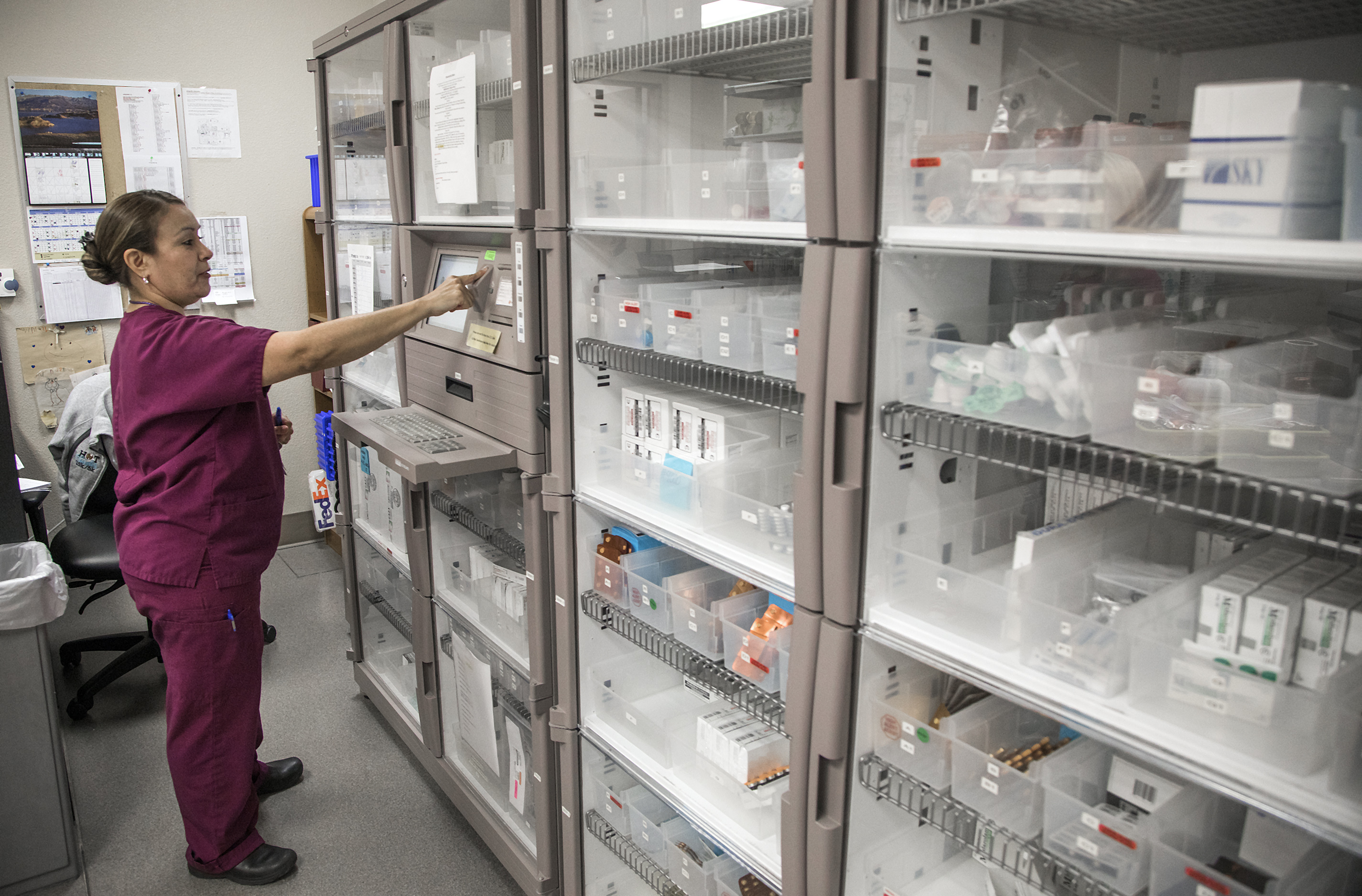Route to lower drug prices is price transparency and drug manufacturer accountability

By Laura Marston and Yvanna Cancela
Pharmaceutical company Eli Lilly, one of three insulin manufacturers in the United States, recently submitted an op-ed to The Nevada Independent entitled, “Better Route to Lower Drug Prices.” Written by Bill Reid, a Lilly public affairs executive from Indianapolis, the piece argues against the enforcement of state laws, such as Nevada’s 2017 Insulin Price Transparency Law, which requires greater drug price transparency and accountability for essential diabetes drugs.
Mr. Reid’s op-ed instead suggests that life-saving drugs such as insulin should be priced at what the market will bear, and insured patients should receive “insulin rebates” while the uninsured and those in the “Medicare Donut Hole,” who pay more than $300 per vial of insulin (approximately a 1.5 week supply), are relegated to seeking financial assistance, rationing their medicine or in worst case scenarios dying from lack of the life-saving hormone.
Mr. Reid lauded Eli Lilly for complying with new federal regulations requiring drug manufacturers to place drug list prices in television advertisements. Reid argued that this is sufficient transparency for patients who rely on Lilly’s products such as Humalog insulin to survive. Mr. Reid then not-so-subtly threatens that any further transparency for patients will prevent “patients’ access[ing] needed medicines” or “impact discovery of new life-saving medicines,” a common PhRMA refrain that has been publicly and flatly rejected by former Lilly executive and current HHS Secretary Alex Azar.
Nevadans, however, need not rely on the selective transparency of PhRMA when it comes to essential diabetes drugs. In 2017, the Legislature passed SB539, the Insulin Price Transparency Act, with a bipartisan vote. Then-Republican Gov. Brian Sandoval signed the Act into law, and PhRMA, on behalf of Eli Lilly and others, sued the state of Nevada to keep hidden its pricing information. The suit was ultimately dropped, and Nevada HHS has now compiled the 2017 and 2018 reports for Nevada’s spending on essential diabetes drugs.
The 2018 report was released on May 31, the same day Reid’s op-ed was published. These reports show that diabetes drugs on average earn $1.58 in profit for every $1 spent on combined production and administrative costs. In fact, 69 percent of diabetes drugs earned profits greater than the combined cost of production and administrative expenditures. One reason given by the drug manufacturers for the exponential profits and huge price increases for diabetes drugs? The price increases were “required” — to increase company profits.
A recent study published in the Journal of the American Medical Association underscores that even greater drug price transparency is necessary to decipher huge price increases on brand-name prescription drugs, such as those made at Eli Lilly. The study mapped out the drug prices for 132 of the top-selling brand-name prescription drugs in the United States over a six-year period from 2012 through 2017. Eli Lilly’s insulins, Humulin (approved by the FDA in 1982) and Humalog (1996), more than doubled in price during that time and reflected some of the largest increases of all the drug prices examined. The study’s authors conclude that biannual price increases on decades-old drugs warrant greater transparency into how prescription drugs, like insulin, are priced.
Pricing life-saving medications at unaffordable prices is unacceptable. Nevada is leading the way in the fight against unaffordable drug prices on behalf of all Nevadans. During the 2019 session, the Legislature passed: legislation to ensure Nevadans with pre-existing conditions can obtain health insurance coverage, a drug transparency law for asthma medications and Gov. Sisolak’s visionary Nevada Patient Protection Commission.
Mr. Reid argues that Nevadans should ignore the price increases and focus on the “net prices” of Lilly’s drugs — not the price paid by patients, or even the list price set by Eli Lilly alone, but the “net price” which only indicates how much money Lilly makes on a certain transaction. According to Lilly, its “net price” for Humalog insulin has decreased 8 percent in the past five years, leading the reader to assume that Lilly’s Humalog profits have decreased. In fact, according to Lilly’s SEC filings, over the 23 years Humalog has been on the market, the annual revenues for this one insulin have skyrocketed from $129.6 million in 1999 to $2.991 billion in 2018. During that same time, the price for one vial of Humalog insulin increased from $23 to $274.70, and Eli Lilly’s share price soared from $31 to $117.
Nevadans have been “paying the price” for these continual price increases, and 25 percent of insulin-dependent Americans have rationed insulin in the past year, which often leads to diabetic ketoacidosis, kidney failure, blindness, amputations, and even death. Recognizing state legislators’ duty to pass laws for the health and well-being of their constituents, Nevadans know the true “route to lower drug prices” is through ever-increasing price transparency for patients and drug manufacturer accountability for their inexplicable price increases, up to and including price caps on what drug manufacturers like Eli Lilly can charge for insulin and other life-saving prescriptions.
Laura Martson is an attorney, activist and type 1 diabetes patient. Sen. Yvanna Cancela is a state lawmaker.
